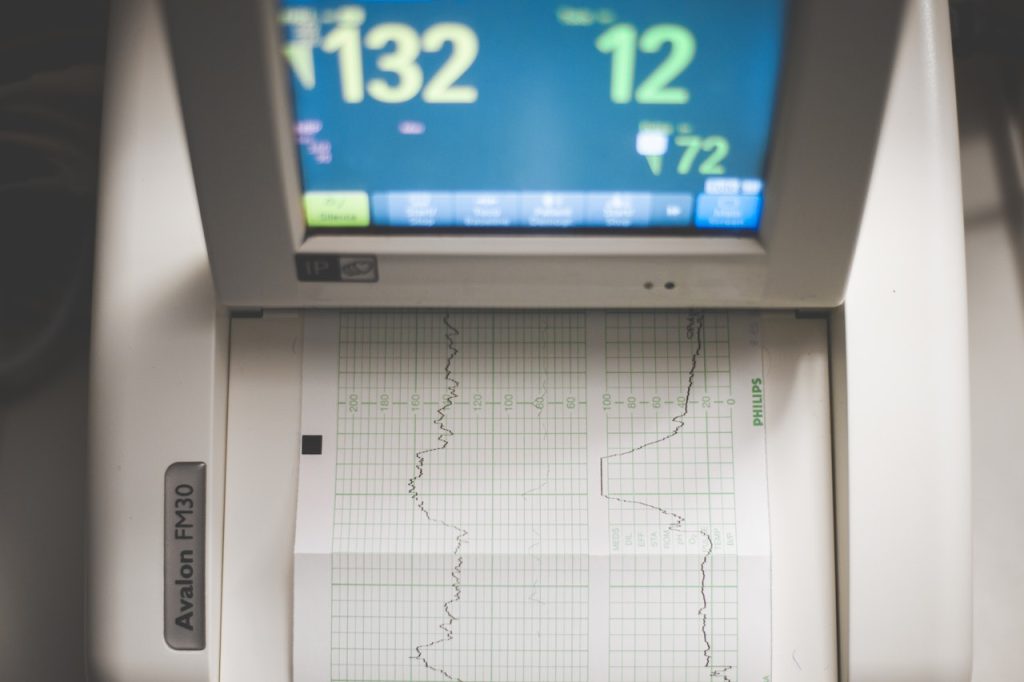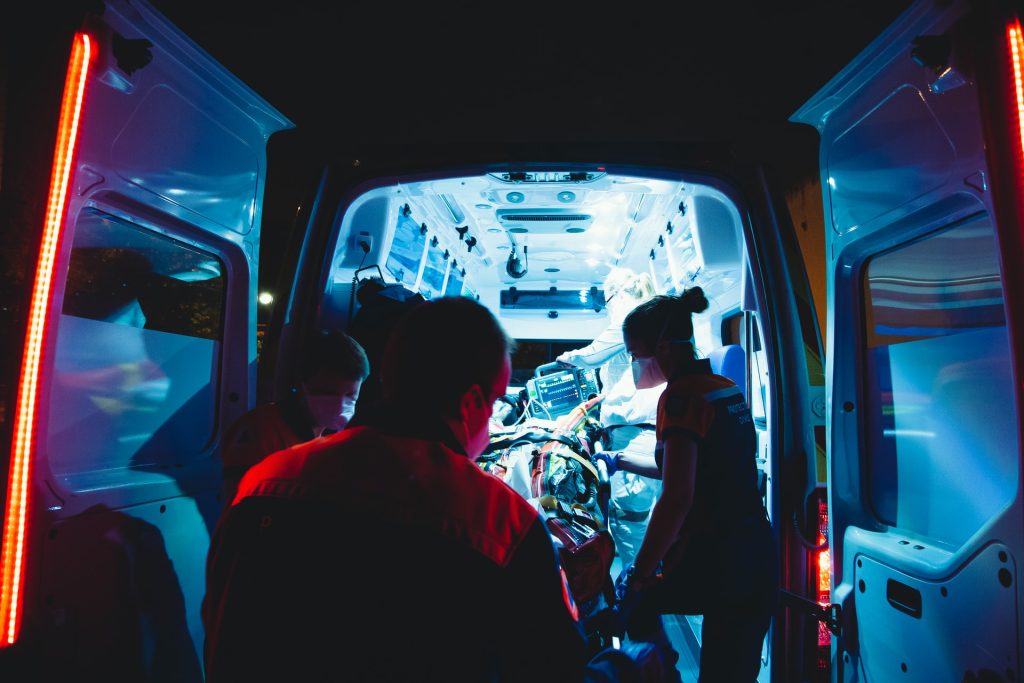Defibrillation Using 1/1000th the Energy could be Possible

Researchers from Sergio Arboleda University in Colombia and the Georgia Institute of Technology in the US used an electrophysiological computer model of the heart’s electrical circuits to examine the effect of the applied voltage field in multiple fibrillation-defibrillation scenarios. Their research, published in the interdisciplinary journal Chaos, discovered that far less energy is needed than is currently used in state-of-the-art defibrillation techniques.
“The results were not at all what we expected. We learned the mechanism for ultra-low-energy defibrillation is not related to synchronisation of the excitation waves like we thought, but is instead related to whether the waves manage to propagate across regions of the tissue which have not had the time to fully recover from a previous excitation,” author Roman Grigoriev said. “Our focus was on finding the optimal variation in time of the applied electric field over an extended time interval. Since the length of the time interval is not known a priori, it was incremented until a defibrillating protocol was found.”
The authors applied an adjoint optimization method, which aims to achieve a desired result, defibrillation in this case, by solving the electrophysiologic model for a given voltage input and looping backward through time to determine the correction to the voltage profile that will successfully defibrillate irregular heart activity while reducing the energy the most.
Energy reduction in defibrillation devices is an active area of research. While defibrillators are often successful at ending dangerous arrhythmias in patients, they are painful and cause damage to the cardiac tissue.
“Existing low-energy defibrillation protocols yield only a moderate reduction in tissue damage and pain,” Grigoriev said. “Our study shows these can be completely eliminated. Conventional protocols require substantial power for implantable defibrillators-cardioverters (ICDs), and replacement surgeries carry substantial health risks.”
In a normal rhythm, electrochemical waves triggered by pacemaker cells at the top of the atria propagate through the heart, causing synchronised contractions. During arrhythmias, such as fibrillation, the excitation waves start to quickly rotate instead of propagating through and leaving the tissue, as in normal rhythm.
“Under some conditions, an excitation wave may or may not be able to propagate through the tissue. This is called the ‘vulnerable window,’” Grigoriev said. “The outcome depends on very small changes in the timing of the excitation wave or very small external perturbations.
“The mechanism of ultra-low-energy defibrillation we uncovered exploits this sensitivity. Varying the electrical field profile over a relatively long time interval allows blocking the propagation of the rotating excitation waves through the ‘sensitive’ regions of tissue, successfully terminating the irregular electric activity in the heart.”
Source: American Institute of Physics




